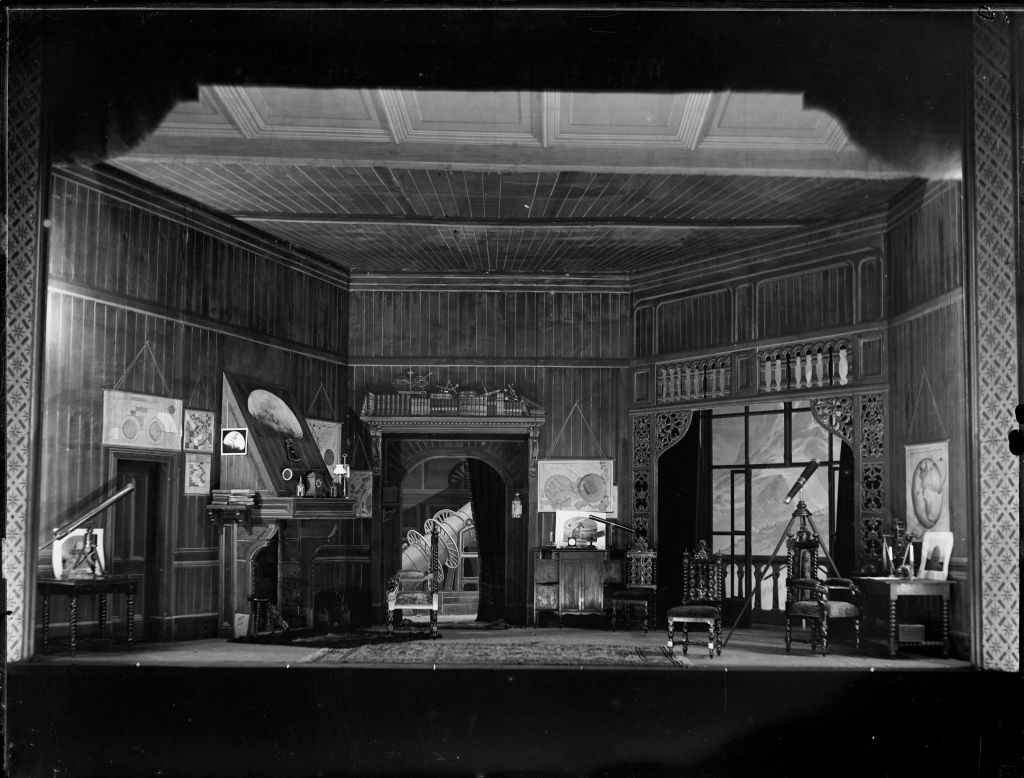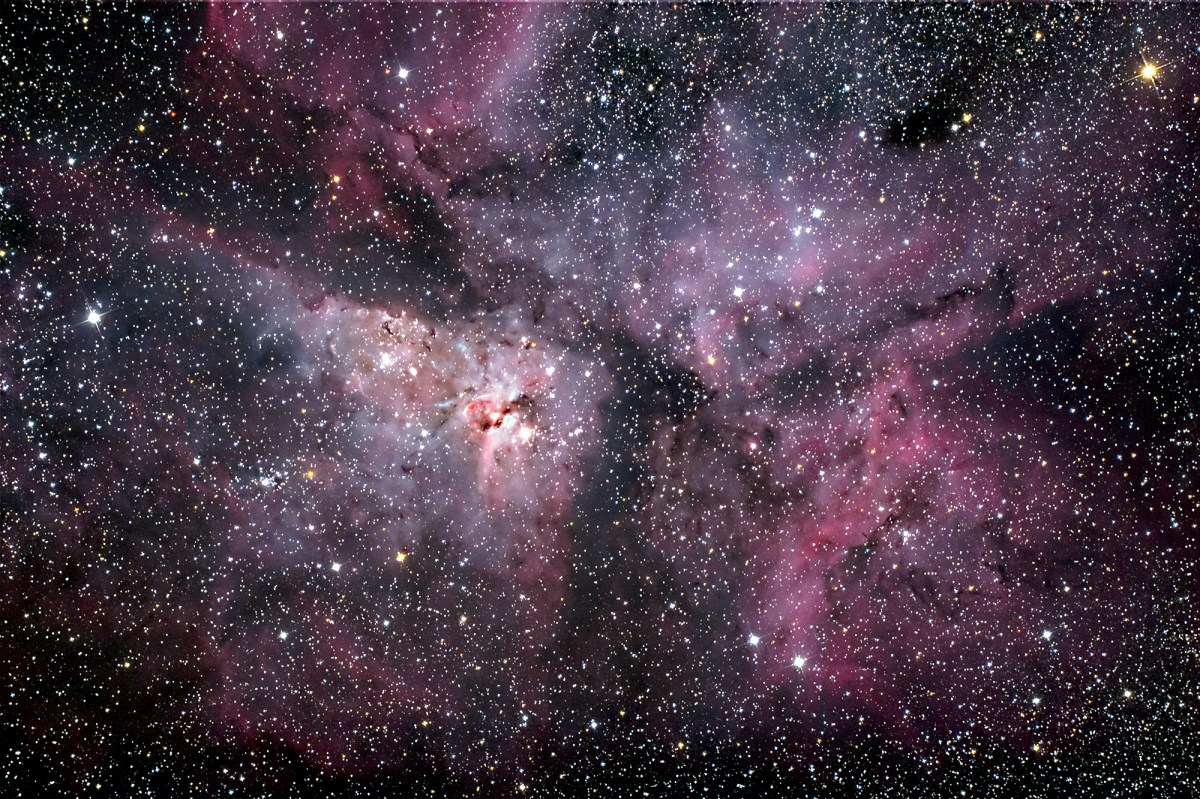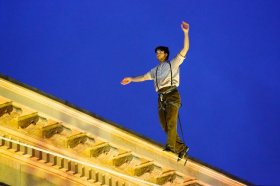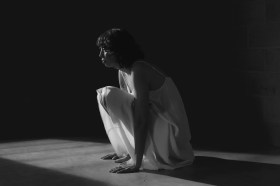If the pandemic has taught us anything, it is the value of collaborative research – part of a bigger conversation about science, connectivity and creativity.
These strands combine in a unique residency that is once again on the table. According to Catherine Polcz, Science Program Producer at the Powerhouse Museum and charged with delivering Sydney Observatory’s Residency Program, ‘The Observatory as a place to view the stars means a lot to many people, with the Residency Program we are looking at new ways to connect our audiences with the sky and the sense of awe that astronomy evokes.’
Sydney Observatory is once again calling for Expressions of Interest (EOI) from scientists, researchers and artists to take up office at the 160-year-old institution in 2022, following the success of this year’s inaugural program.
‘The Sydney Observatory Residency program brings together diverse disciplines and knowledge together in the same space, broadening and providing new contexts to the stories we tell,’ Polcz said of the Residency Program.
Stories of connection have had special resonance during the pandemic, with the Observatory – in a first – presenting monthly livestreams, turning its telescopes to look at the stars.
‘It has been really interesting, to connect people to the sky while at home and to reach so many more people than we normally would be able to in person. Although in some ways our world has gotten smaller the success of the livestreams speaks to the desire to engage with nature and our night sky,’ Polcz told ArtsHub.
She said the Residency Program sits within that same ethos of connectivity and community.
‘When people come to the Observatory and look through our telescopes, everyone has a very individual but universal experience which captures the wonder of space and is a reminder of the sense of history and our place in it. It is very powerful.’
The Residency Program extends that engagement by inviting interdisciplinary artists, scientists and researchers to come together.
‘We have really been wanting to use the residency platform to support collaboration, and give that very important use to the Observatory,’ Polcz said.
The program is halfway through delivering its inaugural program of residencies, kicked off in February this year and featuring 11 residents selected across multiple fields. The Observatory is now calling for artists and creative practitioners, established and emerging researchers and scientists, to submit their interest for the next round of residencies. Applications close on 11 October 2021.

STAR QUALITY CREATIVITY
The Sydney Observatory Residency Program invites practitioners to create new work or research connected with the organisation’s history, collection and disciplines. Built in 1858, the Observatory is a significant site in Australia’s scientific and pre and post-colonial history and is also considered a site of significance for the Eora nation.
‘There are many rich histories to engage with,’ Polcz explained. ‘We want to support residents to connect the Observatory and to draw new connections.’ That might entail delving into NSW’s first meteorological records or turning to the Observatory’s role in the history of timekeeping.
We have really been wanting to use the residency platform to support collaboration, and give that very important use to the Observatory.
Polcz recommended that potential collaborators, ‘Ask questions. We would love to hear from you.’ She further encouraged applicants to look at the Observatory’s website and collection and find an interesting angle that is a good fit with their practice.
‘We are looking for site-specific projects that engage with who we are,’ she outlined.
Key Information:
- Residencies span 4-12 weeks in duration, and are offered across a seasonal model.
- Over the residency period, recipients will have access to a private office.
- Residents will have the opportunity to engage with the Powerhouse Museum Collection.
- It is desirable that projects have public outcomes or reveal new research into the collection or provide exchanges with Museum staff and wider community.
- An honorarium of $5,000 will be paid to each resident.
Key Dates:
11 October 2021 – Expressions of Interest close
1 November 2021 – Applicants notified
3 January 2022 – Summer Season commences
1 March 2022 – Autumn Season commences
1 June 2022 – Winter Season commences
1 September 2022 – Spring Period commences





